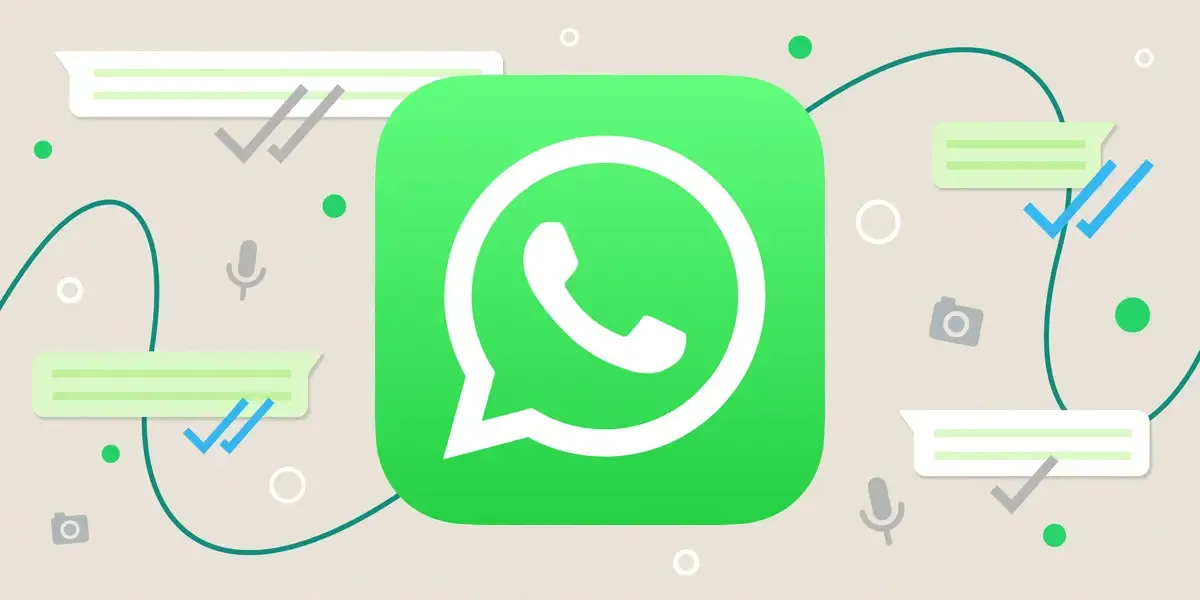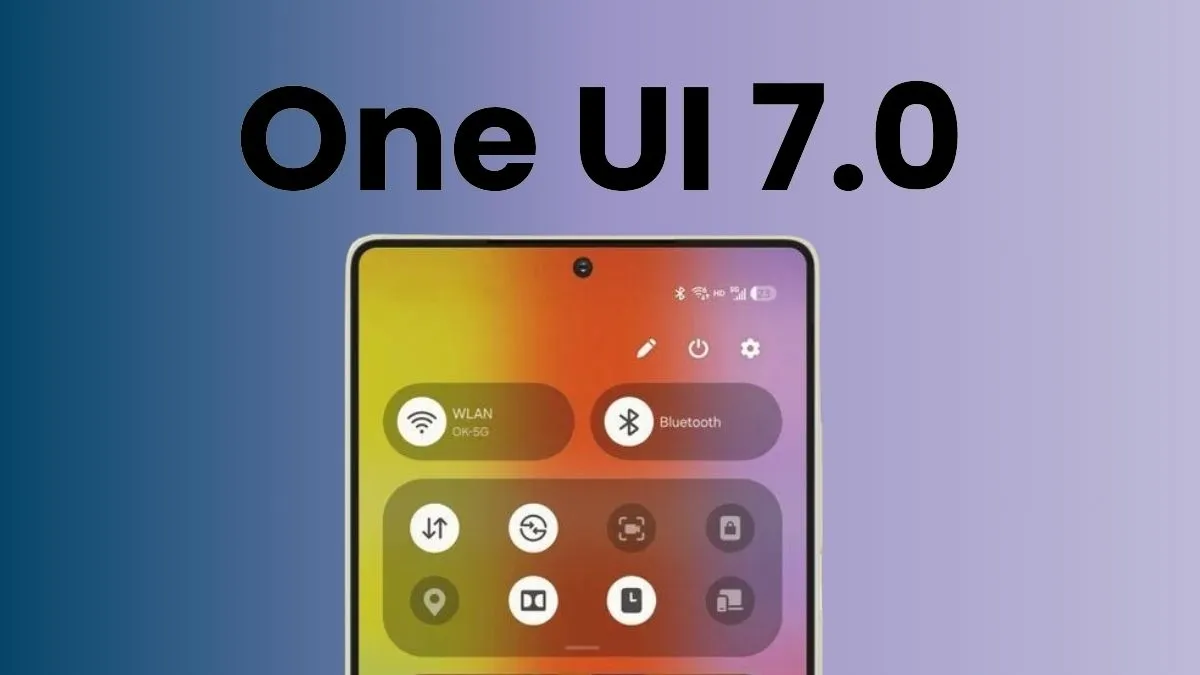WhatsApp is rolling out new restrictions on the number of broadcast messages individual users and businesses can send, aiming to curb spam and enhance user experience. This move aligns with Meta’s broader strategy to balance engagement with user comfort while also introducing new monetization opportunities.
WhatsApp’s New Broadcast Message Limits
In the coming weeks, WhatsApp will begin testing limits on individual users' ability to send broadcast messages. Meta has indicated that these limits will be dynamic during the testing phase, but one example provided suggested allowing 30 messages per month. The company’s goal is to prevent excessive spam while still allowing users to communicate with their contacts efficiently.

For users who need to share updates with a larger audience, WhatsApp recommends using Status updates or Channels, which function similarly to Stories and public broadcasting lists.
WhatsApp Business Accounts Face New Restrictions
Currently, WhatsApp Business users enjoy unlimited and free broadcast messaging capabilities. However, Meta plans to implement a paid tier for this feature. The introduction of broadcast limits for businesses is part of WhatsApp’s effort to ensure that customers are not bombarded with unsolicited messages.
The upcoming paid version of broadcast messaging will include additional tools for businesses, such as the ability to customize messages for specific product updates, holiday sales promotions, and more. During the pilot phase, merchants will be granted 250 free customized messages, after which they will need to pay for additional broadcasts. Meta has yet to disclose pricing details for these additional messages.
Why WhatsApp is Limiting Broadcast Messages
Meta’s decision to introduce these limitations is driven by multiple factors:
-
Reducing Spam: WhatsApp users frequently report an influx of unwanted promotional messages from businesses. By capping the number of broadcast messages, Meta hopes to create a less intrusive user experience.
-
Encouraging Paid Features: Meta has been searching for ways to generate revenue from WhatsApp Business beyond its API-based pricing model. The new paid broadcast messaging feature will be one of the first paid options available to businesses that do not use API integrations.
-
Maintaining Engagement Without Overwhelming Users: WhatsApp’s existing marketing message limits have already helped reduce user complaints. The introduction of an “unsubscribe” feature last year further allowed users to opt out of certain types of messages without completely blocking a business.
Meta’s Growing Investment in WhatsApp Business
Over the past few years, WhatsApp Business has become an essential asset for Meta, significantly contributing to its revenue stream. Meta’s monetization strategy revolves around:
-
Providing basic WhatsApp Business tools for free, including business profiles, landing pages, and product catalogs.
-
Charging businesses for various messaging types, such as marketing, utility, service, and authentication messages, when they use API-powered solutions.
-
Introducing optional premium features, such as Meta Verified subscriptions for businesses looking for additional perks.
The upcoming broadcast message restrictions will create a new revenue stream by compelling businesses to pay for additional outreach capabilities. This model follows Meta’s broader approach of gradually monetizing WhatsApp without compromising its user-first experience.
Changes to WhatsApp Business Branding
In addition to broadcast message limitations, Meta is making slight changes to the WhatsApp Business app’s logo and branding. These modifications aim to distinguish the business-oriented version of WhatsApp from the regular messaging app.

What This Means for WhatsApp Users and Businesses
For individual users, the limits on broadcast messages may mean fewer spam messages and a cleaner chat experience. However, it also means they will need to rely more on Status updates or Channels for mass communication.
For businesses, these changes represent a shift in how they engage with customers. Companies that rely heavily on broadcast messaging will need to reassess their outreach strategies, budget for paid messaging, and find alternative ways to maintain customer engagement.
WhatsApp’s decision to introduce broadcast message limits reflects its ongoing effort to balance user experience with business needs. While individual users will benefit from reduced spam, businesses must adapt to the new monetization model and explore other engagement methods. As Meta continues to refine WhatsApp’s business offerings, it remains to be seen how these changes will impact long-term user and business interactions on the platform.
For now, businesses should prepare for the upcoming changes, evaluate their messaging strategies, and stay tuned for further announcements from Meta regarding pricing and additional features.



-1706515704.jpg)